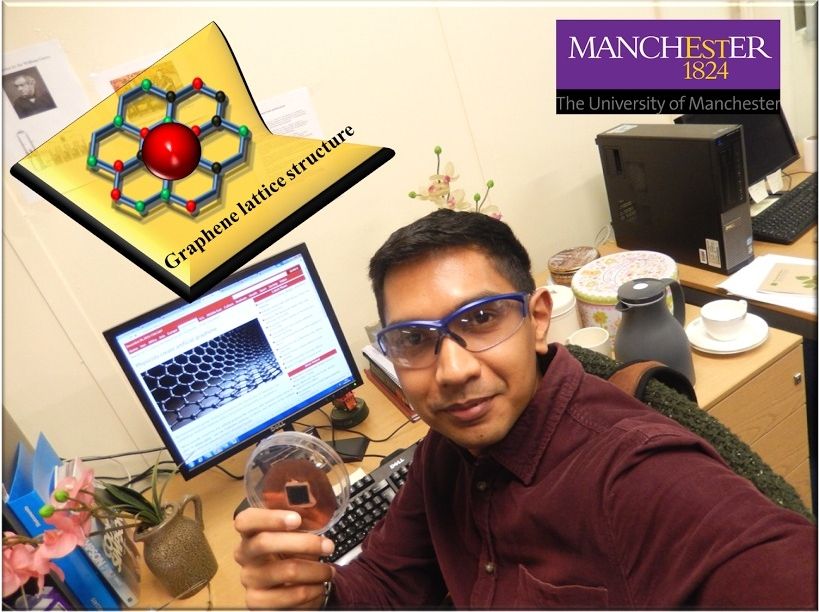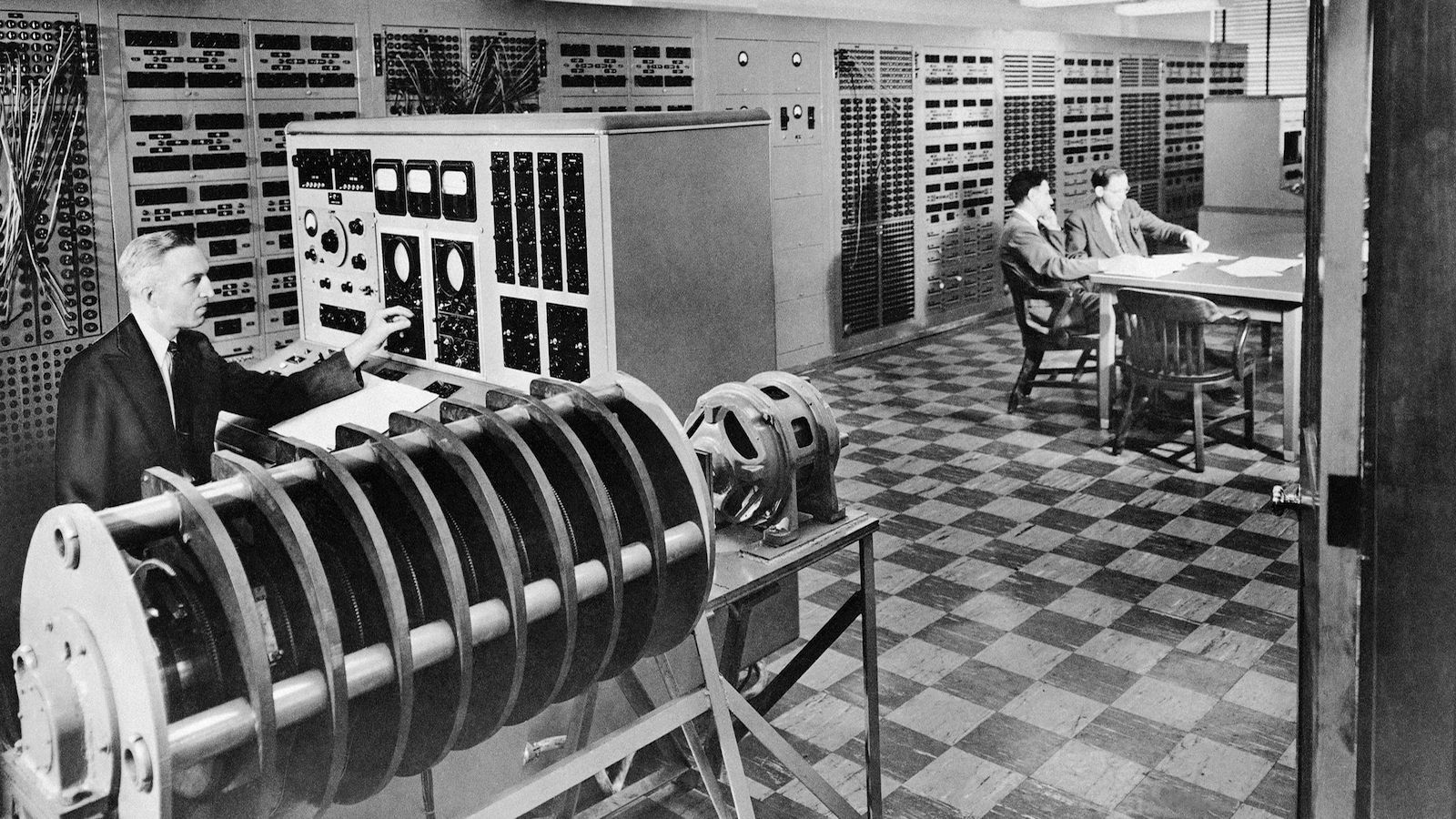Feb 9, 2017
Smaller and smarter MEMS and electronics for bullets that can monitor a building during urban warfare
Posted by Klaus Baldauf in categories: energy, engineering, military
Engineers at the U.S. Army Armament Research, Development and Engineering Center, or ARDEC, have been making advancements in an initiative called “Component Miniaturization.”
Its mission focuses on making armament systems more precise, energy efficient, scalable and effective by reducing the size of critical components in sub-systems such as safe and arm devices, electronics packages, power supplies and inertial measurement systems. Size reductions in one sub-system can have a positive effect on another. For example, a smaller and more efficient electronics package design can reduce power supply demands as well as reduce the need for heavier supporting structures. The space savings and mass savings could then be used to add a larger explosive warhead or increase control surfaces for additional maneuverability. The reduced size and mass could also allow for additional portability to smaller calibers or to systems with greater launch velocities.
The initiative involves several discrete projects, some of which are described below:


















